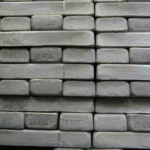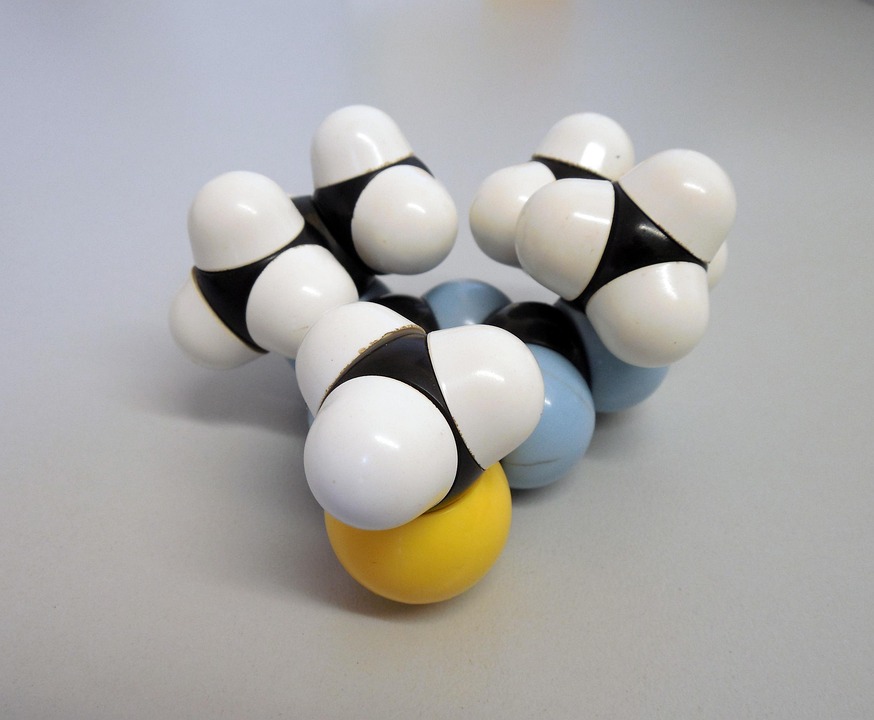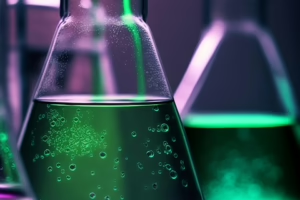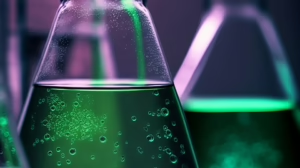Chemistry 101: Essential Concepts for Aspiring Scientists
Chemistry is often called the “central science” because it connects physics with other natural sciences such as biology and geology. For aspiring scientists, a foundational understanding of chemistry is crucial. This article aims to delve into essential concepts of chemistry, covering topics from the atomic structure to chemical reactions, all while providing modern footnotes for further reading.
1. Introduction to Chemistry
Chemistry is the study of matter—its properties, composition, structure, and changes it undergoes during chemical reactions. Every chemical reaction you observe around you, from cooking food to the functioning of batteries, is rooted in basic chemical principles.
1.1 Importance of Chemistry
Understanding chemistry is invaluable for various fields—ranging from medicine to environmental science. For example, pharmaceuticals rely heavily on chemical principles to develop new drugs, while environmental science uses chemistry to assess pollutants in water and air.
2. The Atom: Building Blocks of Matter
2.1 Atomic Structure
The basic unit of matter is the atom, consisting of three primary subatomic particles: protons, neutrons, and electrons. Protons carry a positive charge, neutrons are neutral, and electrons carry a negative charge.
- Protons: Located in the nucleus, they define the atomic number of an element.
- Neutrons: Also found in the nucleus, they contribute to the atomic mass but do not affect the charge.
- Electrons: Orbiting the nucleus in electron shells, they are responsible for chemical bonding.
2.2 The Periodic Table
The periodic table organizes all known elements based on their atomic number and electron configurations. These arrangements indicate periodic trends, such as reactivity and ionization energy.
For further exploration, consult [1].
3. Chemical Bonds
Chemical bonds are the forces that hold atoms together to form compounds. There are three primary types of bonds:
3.1 Ionic Bonds
Ionic bonds occur when electrons are transferred from one atom to another. This creates charged ions that attract each other. For example, table salt (NaCl) is formed from sodium (Na⁺) and chloride (Cl⁻) ions.
3.2 Covalent Bonds
Covalent bonds are formed when two atoms share electrons. This type of bond is prevalent in organic molecules. For instance, the molecule ( \text{H}_2\text{O} ) (water) is formed through covalent bonding.
3.3 Metallic Bonds
In metallic bonds, electrons are shared among a lattice of metal atoms, allowing for electrical conductivity. This characteristic is essential for many applications, including electrical wiring.
For more information on chemical bonding, see [2].
4. Chemical Reactions
Chemical reactions occur when substances interact to form new products. Recognizing the different types of reactions is fundamental for any aspiring chemist.
4.1 Types of Reactions
- Combination Reactions: Two or more substances combine to form one product.
- Decomposition Reactions: A single compound breaks down into multiple products.
- Single Replacement Reactions: One element replaces another in a compound.
- Double Replacement Reactions: Ions from two compounds exchange places, forming two new compounds.
4.2 Balancing Chemical Equations
Balancing chemical equations ensures the conservation of mass, meaning the number of atoms of each element remains constant before and after a reaction.
Consider the reaction ( \text{H}_2 + \text{O}_2 \rightarrow \text{H}_2\text{O} ). The balanced equation is ( 2\text{H}_2 + \text{O}_2 \rightarrow 2\text{H}_2\text{O} ).
For further reading, refer to [3].
5. States of Matter
Matter exists in four primary states: solids, liquids, gases, and plasma. Each state has distinct characteristics.
5.1 Solids
In solids, particles are closely packed together and vibrate in fixed positions, resulting in a definite shape and volume.
5.2 Liquids
Particles in liquids are less tightly packed and can flow, giving liquids a definite volume but no definite shape.
5.3 Gases
In gases, particles are far apart and move freely, resulting in neither a definite shape nor a fixed volume.
5.4 Plasma
Plasma consists of highly energized particles and is the most abundant state of matter in the universe, found in stars, including the sun.
To learn more about states of matter, consult [4].
6. The Mole Concept
The mole is a fundamental unit in chemistry used to express amounts of a chemical substance. One mole corresponds to ( 6.022 \times 10^{23} ) particles (Avogadro’s number).
6.1 Mole Calculations
Mole calculations involve conversions between grams, moles, and particles. The formula used is:
[\text{Moles} = \frac{\text{Mass (g)}}{\text{Molar Mass (g/mol)}}
]
This formula helps in determining how many molecules are present in a sample of substance.
Learn more about the mole concept at [5].
7. Acids and Bases
Acids and bases are two categories of substances with distinct properties. Understanding their behavior is critical in many areas of chemistry.
7.1 Properties of Acids
- Sour taste.
- Turn blue litmus paper red.
- React with metals to produce hydrogen gas.
7.2 Properties of Bases
- Bitter taste.
- Slippery feel.
- Turn red litmus paper blue.
The strength of acids and bases can be measured on the pH scale, which ranges from 0 (very acidic) to 14 (very basic), with 7 being neutral.
For further reading, refer to [6].
8. Thermodynamics in Chemistry
Thermodynamics studies energy transfer in chemical reactions. Understanding thermodynamics is crucial for predicting how reactions occur.
8.1 Laws of Thermodynamics
- First Law: Energy cannot be created or destroyed, only transformed.
- Second Law: The total entropy of a closed system can never decrease over time.
- Third Law: The entropy of a perfect crystal approaches zero as temperature approaches absolute zero.
9. The Role of Chemistry in Everyday Life
Chemistry plays a critical role in many facets of everyday life, including:
- Food Science: Understanding chemical reactions helps enhance the flavors and safety of food.
- Medicine: The development of pharmaceuticals depends on chemical principles.
- Cleaning Products: Chemistry aids in formulating effective cleaning agents.
For more applications of chemistry, you may consult [7].
9.1 Conclusion
In summary, chemistry is foundational for anyone pursuing a career in the sciences. A clear understanding of atomic structure, chemical bonds, reactions, and various concepts is essential for further studies in the field.
References
- Modern Periodic Table and Chemistry Joint Terms: Modern Chemistry
- Types of Chemical Bonds: Chemical Bonds
- Balancing Chemical Equations: Balancing Chemistry
- States of Matter: Matter States
- The Mole Concept: Molecular Chemistry
- Acids and Bases in Chemistry: Acids and Bases
- Everyday Applications of Chemistry: Daily Chemistry
This outline provides a structured introduction to essential concepts in chemistry for aspiring scientists. The material can be expanded upon to meet length requirements, with each section providing in-depth sub-topics and additional references.


























Add Comment